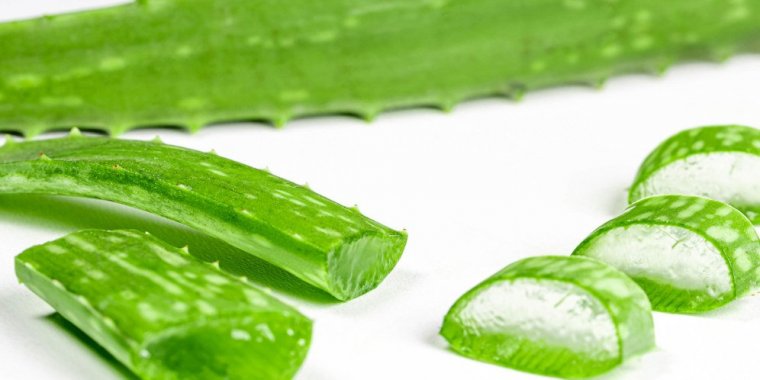| News / Science News |
Aloe vera peels could fight staple food crop pests
The discarded peels of aloe vera can be used as a natural pesticide, helping farmers protect staple food crops from harmful insects, research suggests.

Fresh pieces of aloe vera. The peels of this plant can be used as a natural pesticide against harmful insects, research suggests. Photo: Marco Verch/flickr
Aloe vera is a stemless, cactus-like plant that is widely cultivated in Australia, China, India, Jamaica, Mexico, South Africa, Tanzania and the US. Its gel-like substance is used to heal wounds, sunburns, and skin diseases, and to prevent baldness.
However, aloe vera peels or rinds are considered worthless and usually disposed of as agricultural waste.
“It’s likely that millions of tonnes of aloe peels are disposed of globally every year,” says Debasish Bandyopadhyay, an assistant professor in chemistry at the University of Texas Rio Grande Valley, US, and principal investigator on a study to find ways to add value to aloe while reducing waste.
Bandyopadhyay and his colleagues showed how aloe vera peels can act as a natural insecticide, staving off insects from crops such as maize or millet.
“We proved that [aloe] vera rinds’ derived extracts act as a feeding deterrent and eventually kill agricultural pests,” Bandyopadhyay tells.
He explains that insects do not like aloe vera peels as it contains phytochemicals (chemicals produced by plants) that are toxic for them.
“Insects may be harmed or killed by natural substances contained in aloe peels,” he adds.
“Exposure to these compounds can cause discomfort, illness or even disruptions in an insect’s ability to travel, eat and reproduce.”
The researchers became interested in the potential use of aloe peels as insecticide after visiting a site where they noticed that insects left aloe leaves alone while attacking the leaves of other plants. They hypothesised that aloe peels have specific defence chemicals.
To investigate, they collected and dried out the peels and then produced extracts from the peels with substances such as dichloromethane (DCM), hexane and methanol.
Their experiments showed that the DCM extract of aloe peels had substantial insect-killing properties against farm pests, as did six other compounds from the peels.
Significantly, the compounds did not show toxic properties, suggesting that aloe-peel-based insecticide wouldn’t have significant safety concerns for people. (SciDev.Net)
YOU MAY ALSO LIKE





